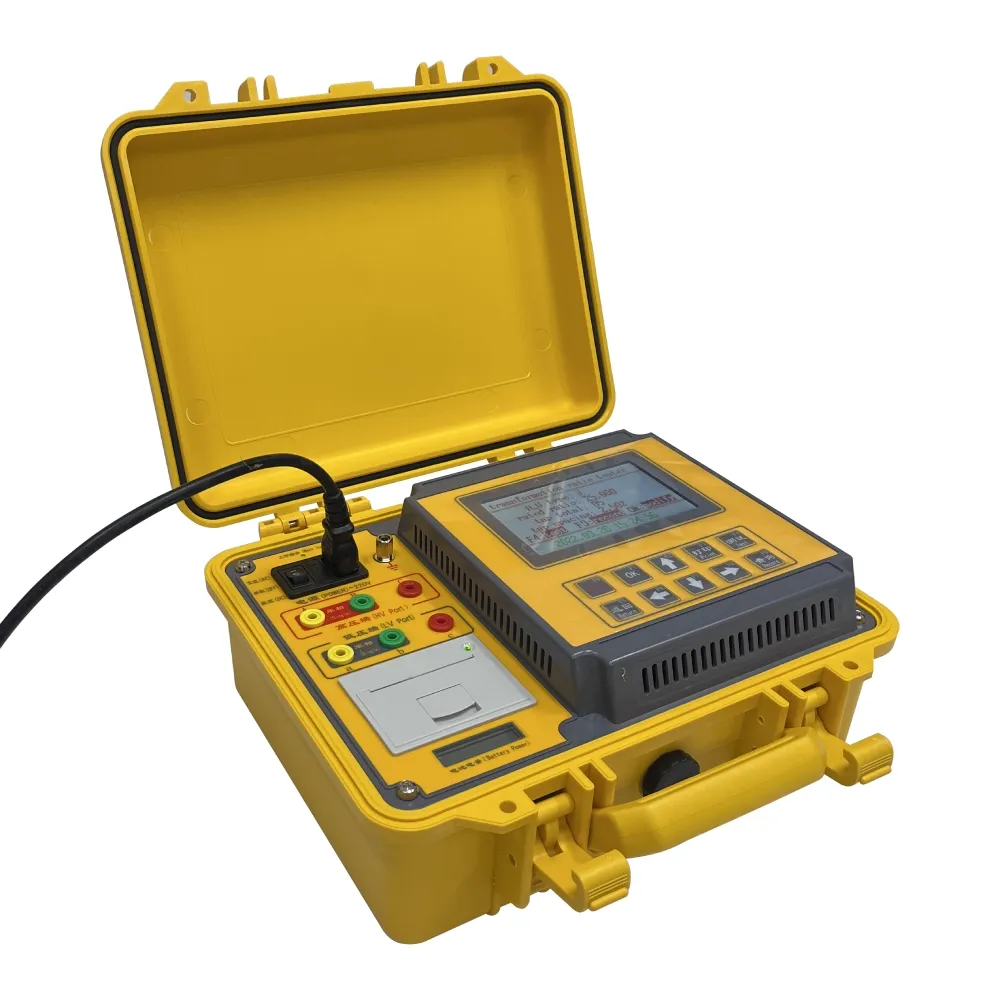 English
English



-
 Afrikaans
Afrikaans -
 Albanian
Albanian -
 Amharic
Amharic -
 Arabic
Arabic -
 Armenian
Armenian -
 Azerbaijani
Azerbaijani -
 Basque
Basque -
 Belarusian
Belarusian -
 Bengali
Bengali -
 Bosnian
Bosnian -
 Bulgarian
Bulgarian -
 Catalan
Catalan -
 Cebuano
Cebuano -
 China
China -
 China (Taiwan)
China (Taiwan) -
 Corsican
Corsican -
 Croatian
Croatian -
 Czech
Czech -
 Danish
Danish -
 Dutch
Dutch -
 English
English -
 Esperanto
Esperanto -
 Estonian
Estonian -
 Finnish
Finnish -
 French
French -
 Frisian
Frisian -
 Galician
Galician -
 Georgian
Georgian -
 German
German -
 Greek
Greek -
 Gujarati
Gujarati -
 Haitian Creole
Haitian Creole -
 hausa
hausa -
 hawaiian
hawaiian -
 Hebrew
Hebrew -
 Hindi
Hindi -
 Miao
Miao -
 Hungarian
Hungarian -
 Icelandic
Icelandic -
 igbo
igbo -
 Indonesian
Indonesian -
 irish
irish -
 Italian
Italian -
 Japanese
Japanese -
 Javanese
Javanese -
 Kannada
Kannada -
 kazakh
kazakh -
 Khmer
Khmer -
 Rwandese
Rwandese -
 Korean
Korean -
 Kurdish
Kurdish -
 Kyrgyz
Kyrgyz -
 Lao
Lao -
 Latin
Latin -
 Latvian
Latvian -
 Lithuanian
Lithuanian -
 Luxembourgish
Luxembourgish -
 Macedonian
Macedonian -
 Malgashi
Malgashi -
 Malay
Malay -
 Malayalam
Malayalam -
 Maltese
Maltese -
 Maori
Maori -
 Marathi
Marathi -
 Mongolian
Mongolian -
 Myanmar
Myanmar -
 Nepali
Nepali -
 Norwegian
Norwegian -
 Norwegian
Norwegian -
 Occitan
Occitan -
 Pashto
Pashto -
 Persian
Persian -
 Polish
Polish -
 Portuguese
Portuguese -
 Punjabi
Punjabi -
 Romanian
Romanian -
 Russian
Russian -
 Samoan
Samoan -
 Scottish Gaelic
Scottish Gaelic -
 Serbian
Serbian -
 Sesotho
Sesotho -
 Shona
Shona -
 Sindhi
Sindhi -
 Sinhala
Sinhala -
 Slovak
Slovak -
 Slovenian
Slovenian -
 Somali
Somali -
 Spanish
Spanish -
 Sundanese
Sundanese -
 Swahili
Swahili -
 Swedish
Swedish -
 Tagalog
Tagalog -
 Tajik
Tajik -
 Tamil
Tamil -
 Tatar
Tatar -
 Telugu
Telugu -
 Thai
Thai -
 Turkish
Turkish -
 Turkmen
Turkmen -
 Ukrainian
Ukrainian -
 Urdu
Urdu -
 Uighur
Uighur -
 Uzbek
Uzbek -
 Vietnamese
Vietnamese -
 Welsh
Welsh -
 Bantu
Bantu -
 Yiddish
Yiddish -
 Yoruba
Yoruba -
 Zulu
Zulu
Testing Methods for Current Transformers in Electrical Systems
Tests on Current Transformers An Essential Practice in Electrical Engineering
Current transformers (CTs) are vital components in electrical systems, particularly for measurement and protection purposes. By stepping down high primary currents to manageable values, CTs allow for accurate measurements and protective relay operations. Given their importance, rigorous testing of current transformers is crucial to ensure their reliability and effectiveness in various applications.
Importance of Testing Current Transformers
Testing current transformers is essential for multiple reasons. First and foremost, it ensures that the CTs operate within their specified parameters, providing accurate measurements and ensuring the safety of electrical installations. Inaccurate readings can lead to erroneous decisions in protection schemes, potentially resulting in equipment damage or failure.
Furthermore, testing CTs helps in verifying their compliance with industry standards and specifications. Different standards, such as IEC (International Electrotechnical Commission) and ANSI (American National Standards Institute), provide guidelines for the performance of CTs. Regular testing confirms that the transformers adhere to these standards and function correctly under different conditions.
Types of Tests on Current Transformers
Several tests can be conducted to evaluate the performance of current transformers
. Among the most common are ratio testing, polarity testing, insulation resistance testing, and burden testing.1. Ratio Testing This test checks whether the transformation ratio of the CT is as specified. It involves applying a known primary current and measuring the secondary current. The ratio should match the rated transformation ratio, ensuring accurate current measurement.
tests on current transformer

2. Polarity Testing Polarity is crucial in systems where CTs are connected in parallel or in differential protection schemes. Incorrect polarity can lead to cancellation of currents and significant operational issues. This test verifies the correct polarity of the CTs, ensuring they are installed properly.
3. Insulation Resistance Testing This test evaluates the insulation resistance of the current transformer windings. A good insulation resistance prevents electrical leakage and potential short circuits, contributing to the overall safety and longevity of electrical equipment.
4. Burden Testing This test assesses the CT's performance under various load conditions. By applying different loads, engineers can verify that the CT maintains accurate output under varying burdens, which is critical for reliable operation in real-world scenarios.
Advances in Testing Technologies
With advancements in technology, the methods and tools used for testing current transformers have become more sophisticated. Digital testing equipment allows for faster and more accurate measurements, enhancing the testing process. Additionally, software tools can simulate various operating conditions, providing a comprehensive analysis of CT performance.
Conclusion
In conclusion, the testing of current transformers is a critical procedure in electrical engineering that ensures the reliability, accuracy, and safety of electrical systems. Through various testing methods, engineers can ascertain that CTs meet industry standards and perform effectively under different conditions. As technology evolves, the testing of current transformers will continue to improve, ensuring they remain a cornerstone of modern electrical infrastructure. For any electrical professional, understanding and implementing comprehensive testing strategies is not just beneficial but essential for maintaining the integrity of electrical systems.
-
Testing Equipment Industry Sees Major Advancements in 2025: Smart & Precision Technologies Lead the WayNewsJun.06,2025
-
Applications of Direct Current Generators in Renewable Energy SystemsNewsJun.05,2025
-
Hipot Tester Calibration and Accuracy GuidelinesNewsJun.05,2025
-
Digital Circuit Breaker Analyzer Features and BenefitsNewsJun.05,2025
-
Benefits of Real-Time Power Quality Monitoring Devices for Industrial EfficiencyNewsJun.05,2025
-
Earth Fault Loop Testing in High-Rise Building Electrical SystemsNewsJun.05,2025



